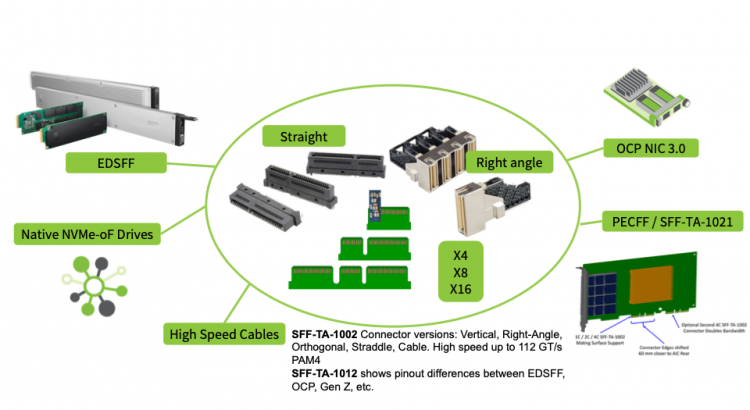
So Just What Is An SSD?
It seems like an easy enough question, “What is an SSD?” but surprisingly, most of the search results for this get somewhat confused quickly on media, controllers, form factors, storage interfaces, performance, reliability, and different market segments.
The SNIA SSD SIG has spent time demystifying various SSD topics like endurance, form factors, and the different classifications of SSDs – from consumer to enterprise and hyperscale SSDs.
“Solid state drive is a general term that covers many market segments, and the SNIA SSD SIG has developed a new overview of “What is an SSD? ,” said Jonmichael Hands, SNIA SSD Special Interest Group (SIG)Co-Chair. “We are committed to helping make storage technology topics, like endurance and form factors, much easier to understand coming straight from the industry experts defining the specifications.”
The “What is an SSD?” page offers a concise description of what SSDs do, how they perform, how they connect, and also provides a jumping off point for more in-depth clarification of the many aspects of SSDs. It joins an ever-growing category of 20 one-page “What Is?” answers that provide a clear and concise, vendor-neutral definition of often- asked technology terms, a description of what they are, and how each of these technologies work. Check out all the “What Is?” entries at https://www.snia.org/education/what-is
And don’t miss other interest topics from the SNIA SSD SIG, including Total Cost of Ownership Model for Storage and SSD videos and presentations in the SNIA Educational Library.
Your comments and feedback on this page are welcomed. Send them to askcmsi@snia.org.
The post So just what is an SSD? first appeared on SNIA Compute, Memory and Storage Blog.

